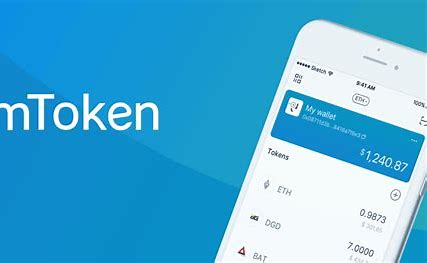上一篇
How Re-staking Is Boosting Crypto Earnings
The world of digital assets has witnessed many major approvals and regulatory compliances over the years. Amid these complications, there is a territory called crypto re-staking. This process allows crypto holders to earn rewards by staking their tokens.
In this article, we will look into the world of crypto re-staking and see how it differs from other methods. However, we will also evaluate its impact on the industry and check alternative methods in this ecosystem.
What is Crypto re-staking?
Crypto re-staking is also known as compound staking or compound interest. This involves re-investing the staking rewards already earned from crypto into the same token. It allows a user to generate more rewards.
The process completely operates on the principle of compounding, where the initial stake, along with the added rewards, is continuously staked to boost your returns.
Just to make it easy, let’s consider that you stake 100 XYZ tokens and get back an annual reward rate of 10%. After the period of one year, you would earn 10 XYZ tokens as rewards.
But when we talk about crypto re-staking, instead of withdrawing the rewards, you can reinvest them which will result in a new stake of 110 XYZ tokens. However, the rewards will be based on this higher stake in the coming year which can lead to high returns.
How is re-staking different?
The new process offers many distinctive features that can easily keep it away from traditional staking methods.
One of the massive aspects is the compounding effect. This move allows a user to grow in returns over time. Moreover, re-staking removes the need for manual reinvestment. The entire process is automated within the network protocol.
The other big difference stays in the flexibility and accessibility of crypto re-staking. Unlike other traditional staking where tokens are often locked for a long period, the new process allows you constant liquidity. This enables users to unstake or transfer their tokens at any time. It is done without affecting the accumulated rewards.
What impact does it have?
The introduction of the advanced staking process has a profound impact on the overall crypto market. Firstly, it has increased the overall demand for staking tokens. The jump can be seen with individuals seeking to multiply their returns.
However, the surge in the demand has led to a surge in token scarcity which eventually drives up the crypto’s market value.
Crypto re-staking has introduced long-term investment strategies among new holders. As said, by earning more rewards through compounding techniques, investors are motivated to hold their coins for a longer period.
Moreover, the increased demand for staking tokens has also facilitated the growth of decentralized finance (DeFi) platforms. These platforms offer various staking opportunities, allowing individuals to earn rewards from their crypto holdings while contributing to the network’s operations.
Other methods of earning rewards
While crypto re-staking presents an attractive method of earning rewards, it is not the only option available in the crypto space. Here are some alternative methods worth exploring:
Crypto mining
Crypto mining involves using computational power to solve complex mathematical puzzles and validate transactions on a blockchain network. Miners are rewarded with newly minted coins or transaction fees for their efforts. While mining requires significant computational resources, it can be a lucrative method of earning rewards for those with the necessary hardware and technical expertise.
Yield farming
Yield farming, also known as liquidity mining, involves providing liquidity to decentralized exchanges or lending platforms in exchange for rewards. Users can earn additional tokens by lending or staking their crypto assets, contributing to the liquidity pool, and facilitating transactions within the DeFi ecosystem.
Staking as a service
Some platforms offer staking as a service, allowing individuals to delegate their tokens to professional validators who handle the technical aspects of staking. This method offers convenience and ease of use for users who may not have the technical knowledge or resources to stake independently.
Masternodes
Masternodes are special nodes in a blockchain network that perform additional functions beyond transaction validation. By running a master node, individuals can earn rewards while supporting the network’s infrastructure and governance processes. However, setting up and maintaining a master node typically requires a significant amount of tokens as collateral.
Airdrops
Many projects and platforms distribute free tokens or rewards to their users through airdrops or rewards programs. These programs aim to increase user adoption and engagement while providing individuals with additional tokens that can be sold or staked for potential returns.
It’s important to note that each method of earning rewards in the crypto space comes with its own set of risks and considerations. Investors should conduct thorough research, assess their risk tolerance, and seek professional advice before engaging in any investment strategy.













发表评论